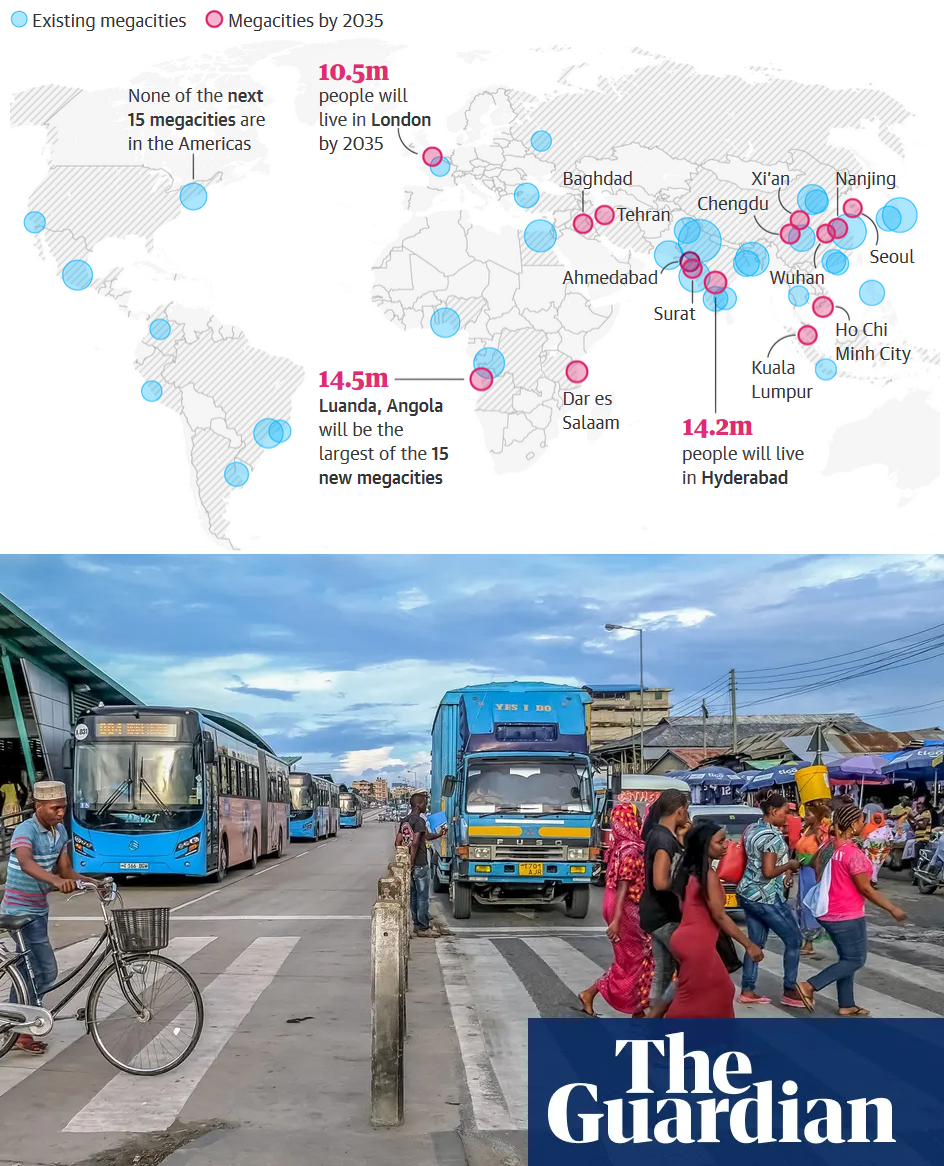While I try to keep things nonpartisan, sometimes objective truths become partisan issues, and often the study of human geography can improve our collective political dialog. Department of Transportation, Pete Buttigieg (a.k.a. Mayor Pete) said “there is racism physically built into some of our highways.” Online detractors noted that rebar, concrete, and asphalt can’t be racist, etc. You see the over-literal interpretation, but I want to discuss his bigger point—how has racism shaped the building of infrastructure and urban landscapes?
The term redlining has a specific definition and a broader application. First, the narrower definition; redlining was a historical practice in the early to mid-20th century where banks and other decision-makers used city maps that marked low-income neighborhoods (pre-dominantly African American), and would deny potential home-owners’ loans to purchase in these neighborhoods. In an era of legalized segregation, African Americans were in a bind; they could not move into the white neighborhoods, but they could not get loans to purchase a home in their own neighborhood. The maps literally used a red line to mark the neighborhoods where the banks would not provide any home-lending services to the residents. Explore this fantastic interactive map, Mapping Inequality: Redlining in New Deal America. You can use this to find redlining close to your home, or the city where I teach, Providence, RI.

More broadly speaking, redlining is not just about the denial of home loans. Many practices such as this meant African Americans in the United States could not get access to the full range of services, utilities, resources, and planning to see improvements in their neighborhoods.
The era of redlining also coincided with the era of the private automobile and the beginning of large freeways on the American landscape. The major freeways in urban centers weren’t placed on conveniently open spaces, but by tearing down (typically) poor neighborhoods that had less of a political voice. This happened in African American neighborhoods in Baltimore, Oakland, New York, Detroit, Cincinnati…the list is far too long. Read this piece in the Guardian for some images and examples.

So, when Mayor Pete says that “there is racism physically built into some of our highways,” he means it, and it’s a part of our historical geography. The road itself might not be racist, but the institutions that plowed through poor Black neighborhoods is, and leaves a legacy on the built environment. Redlining is obviously illegal today, but the neighborhoods they shaped, divided by railroad tracks or highways or both, these communities are still impacted by the policies of yesteryear.
For generations, New York City urbanists have adored Jane Jacobs as the champion for local communities and her opposition to the soulless, neighborhood-destroying urban planner, Robert Moses. This is partially true, if simplistic, because hating one individual (Robert Moses) for inserting oppressive elements into the landscape misses the bigger point that he was simply in charge of the system, and if it weren’t for him, there would have been another to take his place. Let’s use one famous NYC, Robert Moses example of racism in the built landscape:

- Action: Robert Moses designed Long Island bridges and highways with low overpasses.
- Result: Long Island beaches are inaccessible through mass transit.
- Purpose: Limit access of NYC poor from the affluent beaches of Long Island.
What are the implications of these facts? One instance of this type of infrastructural planning might be a coincidence rather than a sign of racial bias, or class-based bias, but the preponderance of evidence across the country from this era leads to the obvious conclusion that U.S. infrastructure, especially the highways, were shaped by racist policies that continue to have racial impacts. The evidence is there; for any honest observer, the conclusion that racism shaped U.S. infrastructure is not controversial.
Examine examples in your own community to see how these practices have shaped your local neighborhoods. Once you’ve seen how your community has been shaped, look at at other examples across the U.S. to see that your neighborhood is a part of a broader spatial pattern that shows how racism has shaped U.S. infrastructure.








